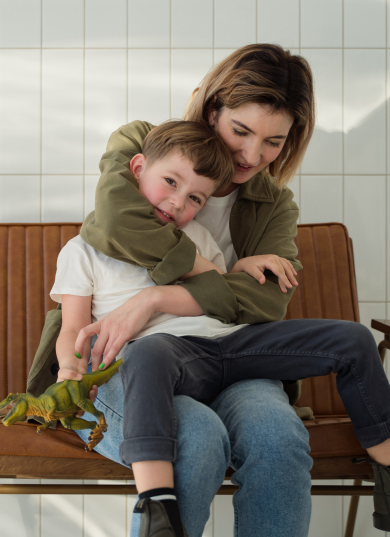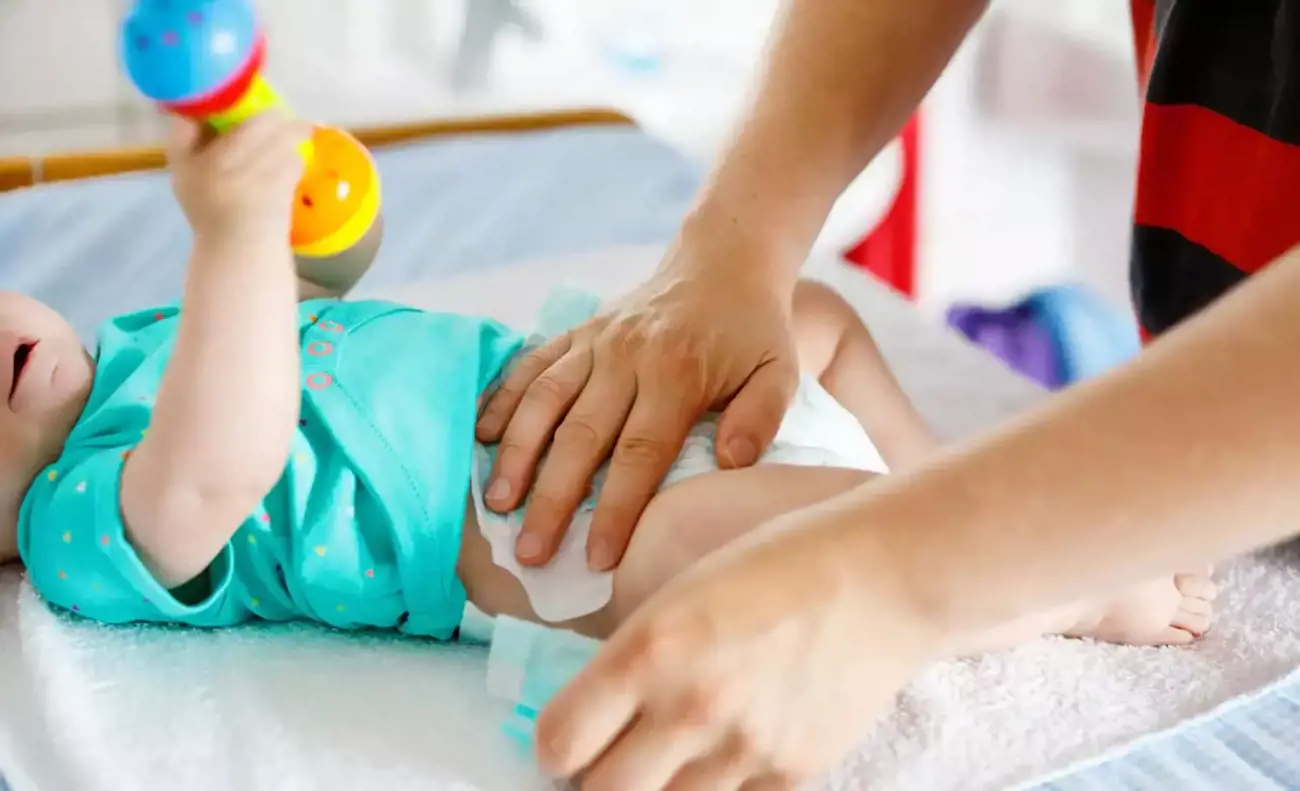Nappies are a normal part of life with a baby, but an approach called Elimination Communication is helping a small, but growing number of parents to read their babies’ toileting cues and reduce their reliance on nappies.
This is a positive thing for the planet, because according to the CSIRO, Australians throw away one billion used disposable nappies each year, and every one of these will take a frightening 300 years to decompose.
As well as easing pressure on the planet, Elimination Communication (or EC) has several other upsides for families, so let’s see what it involves and why some parents are embracing EC in Australia and overseas.
What is Elimination Communication?
EC is a method of toileting management that involves a parent paying close attention to their baby, learning when they are about to go to the toilet, and responding to these signs by holding them over a toilet or potty – instead of relying on their nappy.
EC is not the same thing as toilet training (which involves a toddler or preschooler learning to control their bladder and bowel movements and use the toilet); and the focus of EC is on communication and connection with your child – as its name suggests.
All in all, Go Diaper Free describes EC as a, ‘Gentle, non-coercive way to respond to a baby’s natural hygiene needs, from as early as birth’.
How does Elimination Communication work in practice?
Diaper Free Baby says that, ‘Observation is the first step in EC,’ and parents should look for timing patterns and rhythms, plus body language and signals, to detect when their baby needs the toilet.
They say there are certain times of the day when a pee is likely and, as a guide, many babies need the toilet:
- Straightaway or a few minutes after waking up
- Zero, five, 10 or 15 minutes after having their milk
- At frequent, regular times during the morning
- At less frequent, regular times in the afternoon, and
- Before, during or after their nightly nursing session.
Babies also give subtle – and not so subtle – clues that they need to relieve themselves. They have a natural instinct not to soil themselves or others, and a baby might be ‘saying’ that they need the toilet when they:
- Squirm, fuss and make noises
- Tense their face or raise their eyebrows
- Frown or look like they’re concentrating
- Look intently at Mum or Dad, reach out, or shake their fist
- Reach for, or point at, a potty or toilet
- Go still or quiet, or alternatively, suddenly get more active or agitated, or
- Stir in their sleep or wake up from a nap.
Older babies might also move towards their toileting place, try to get out of their pram/car seat/sling/bed or hold their nappy or genital area when they need the loo.
Edwina O’Connell runs EC workshops in Queensland and she says that a baby’s toilet cues will get stronger if their parent is responding to them. For example, a baby might start by pulling a face when they need a poo, and a few months later they’ll be tapping their nappy and pointing at their potty.
Once a parent observes their baby’s toileting cues, it’s time to act on them, and this is a simple matter of removing bub’s nappy (if they have one on) and holding them securely over a potty, toilet or other toileting place, usually in a deep squat.
A cueing sound (like “Pssss”) may be used to encourage a baby to do their business, and if they aren’t ready, then everyone just goes back to what they were doing and the toilet is offered again later.
The idea is to keep things nice and relaxed with EC, so if an accident happens, the parent just cleans up their baby and moves on with the day.
How does Elimination Communication vary between families?
EC is all about learning when a baby is about to go to the toilet and helping them do this in a toileting place, but different families will start EC at different times, and rely on nappies to varying degrees.
This means that some parents launch into full-time EC soon after their child is born (dispensing with nappies completely), while others take a more gradual, part-time approach, which might involve:
- Only using a toilet after their baby has had a feed and using nappies during naps and nights
- Always using a toilet at home and relying on nappies when they’re out and about, or
- Using a toilet just once before bed each night.
Other families practise EC full-time, but use nappies as a back-up. This means they’ll take a dry nappy off when their baby gives a toileting sign or will change the nappy if it’s wet.
Diaper Free Baby says that a family’s lifestyle, personality and preferences will guide their EC method, and in terms of age, Healthline says you can start doing EC, ‘Whenever you like or whenever you feel your baby may be receptive to it.’
There are reports that COVID-19 has increased families’ interest in trying EC because everyone is at home more, and the 3,000-strong Elimination Communication Australia Facebook page contains tips and tricks for families who are interested in starting EC.
What are the benefits of Elimination Communication?
Apart from reducing the number of disposable nappies that go into landfill (and reducing the detergent, water and energy that’s used to clean re-usable ones), there are several reasons why parents are getting behind EC:
- Using less nappies saves money
- EC helps parents to get in tune with their babies’ needs and strengthen communication and parent-child connections
- It reduces the need for parents to change nappies and carry around nappy bags, and
- It can help babies feel empowered.
Does Elimination Communication lead to earlier toilet training?
Generally-speaking, EC can be practised with ages zero to 18 months, but there’s no rush to completely toilet train a child until they’re ready (which is often between the age of 18 months and four years).
The ABC says, ‘Research by the University of New South Wales found that there was little benefit in starting toilet training before 18 months of age to achieve independent toileting,’ but that this does not take away from the, ‘Obvious hygiene and empowerment benefits claimed by EC practitioners.’
Instead of ‘fixating’ on getting rid of nappies early, Ms O’Connell reminds us that communication and connection are the main focuses of EC.
She says, ‘If you’re wanting to graduate to total independence quickly, you’re probably setting yourself – and [your baby] – up for disappointment, stress and tears,’ so it’s best to look for your baby’s cues when starting EC, take your time with toilet training and do what feels comfortable for your family. Good luck!
References


































